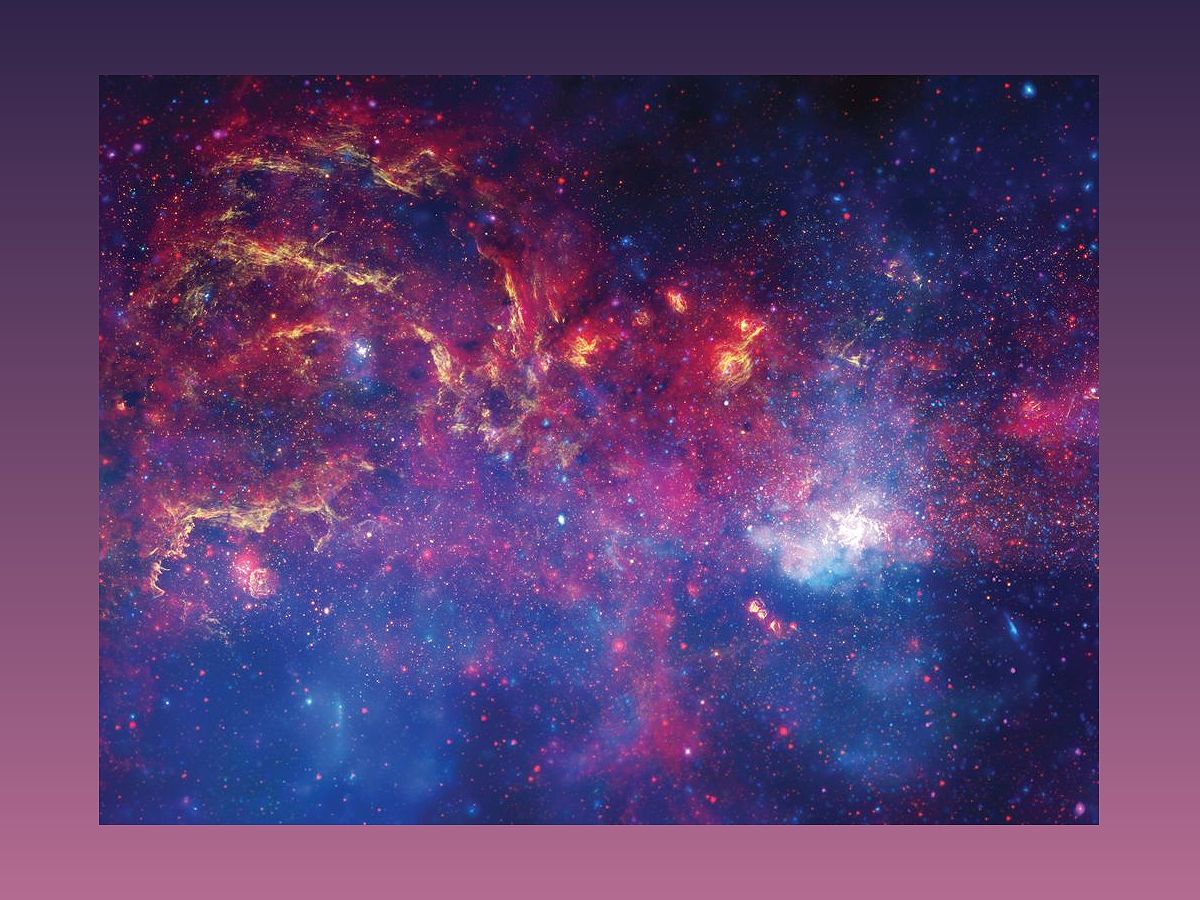In a groundbreaking collaboration between NASA's sonification project and composer Sophie Kastner, astronomical data collected by telescopes is transformed into mesmerizing music. This article delves into the innovative process of sonification and explores the captivating composition titled 'Where Parallel Lines Converge.' Join us on a journey where science and art converge in harmony.
Translating Astronomical Data into Music
Discover the fascinating process of translating astronomical data into captivating music through sonification.
Traditionally, astronomical data has been represented visually through colorful depictions of starry skies. However, NASA's sonification project, in collaboration with composer Sophie Kastner, has taken a unique approach by transforming this data into music. Sonification involves using algorithms to map telescope data as sounds, creating a new way to explore and experience the wonders of the cosmos.
By converting astronomical data into music, scientists and artists aim to provide a different perspective and emotional connection to the vastness of the universe. This innovative approach allows individuals, including those who are blind or have low vision, to engage with and understand astronomical data in a more immersive and inclusive way.
The Composition: 'Where Parallel Lines Converge'
Explore the unique composition titled 'Where Parallel Lines Converge' and how it tells a story based on the telescope data.
Composer Sophie Kastner drew inspiration from the original sonification of the center of the Milky Way galaxy to create her composition. The piece, performed by a small ensemble of strings, woodwinds, percussion, and piano, takes listeners on a musical journey through the telescope data.
Through carefully crafted musical textures and registers, Kastner maps different types of data to specific sounds, creating a sonic representation of the astronomical information. The composition weaves together different sections of the image, allowing listeners to experience the X-ray binary, arched filaments, and the supermassive black hole at the galaxy's center through a symphony of notes and melodies.
The Emotional Journey
Experience the emotional depth and storytelling in 'Where Parallel Lines Converge' as it captures the awe-inspiring nature of the universe.
'Where Parallel Lines Converge' not only translates astronomical data into music but also evokes powerful emotions and narratives. The composition begins with soft, wind-like noises that represent the empty space surrounding the X-ray binary, gradually building up to crescendos as the music approaches the supermassive black hole.
Kastner's use of different instruments and techniques, such as plucking strings and reaching inside the piano, adds layers of texture and depth to the composition. The result is a captivating and emotional journey that reflects the vastness and beauty of the cosmos.
Expanding the Boundaries of Science and Art
Discover how the collaboration between NASA and composer Sophie Kastner pushes the boundaries of science and art, creating a unique fusion of disciplines.
The collaboration between NASA's sonification project and composer Sophie Kastner represents an exciting intersection of science and art. By transforming astronomical data into music, they not only provide a new way to explore the cosmos but also challenge traditional methods of scientific communication.
This innovative approach opens up possibilities for individuals with different sensory abilities to engage with scientific information. It also highlights the power of art in conveying complex concepts and emotions that may be difficult to express through traditional visual representations.

